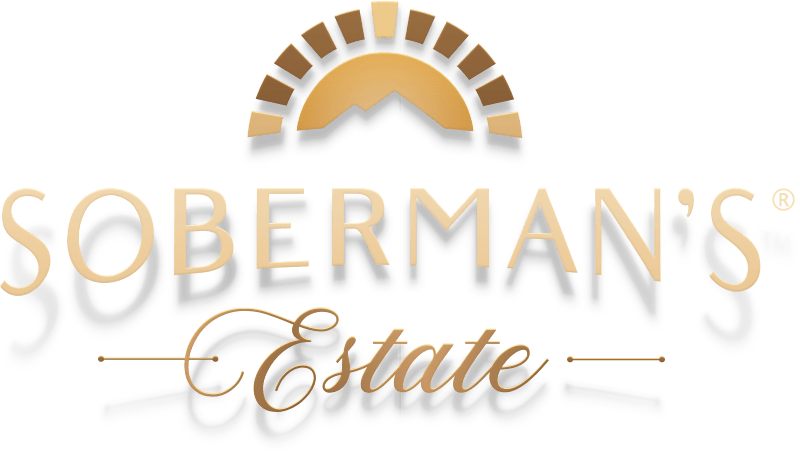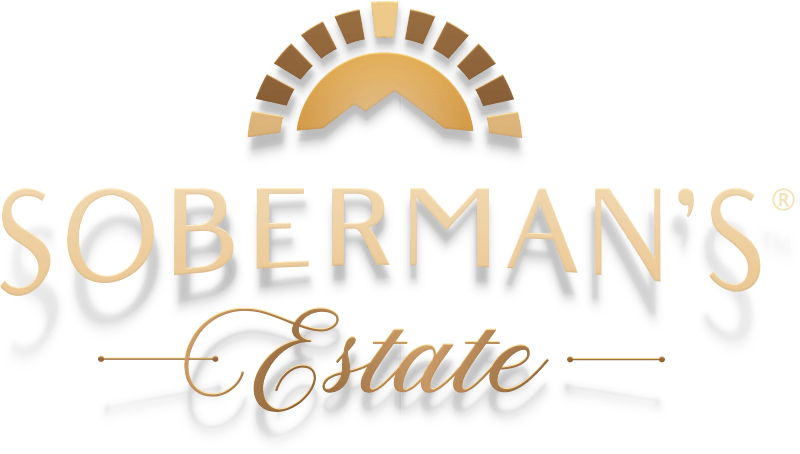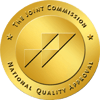This has become an increasingly important question of the new millennium. More and more clinics, hospitals, rehabs, schools, nursing homes, and hospice sites are incorporating it. It has been touted as one of the most unique and valuable treatment modalities worldwide. But people continue to need more clarity and understanding to conceptualize it. Music Therapy, or MT for short, is so broad and applicable to so many groups of people, a specific definition has been debated and revised for years.%20(672%20%C3%97%20480%20px)%20(544%20%C3%97%20389%20px)%20(544%20%C3%97%20389%20px)%20(544%20%C3%97%20389%20px)%20(674%20%C3%97%20480%20px)%20(940%20%C3%97%20788%20px)%20(672%20%C3%97%20480%20px)%20(672%20%C3%97%20480%20px)%20(940%20%C3%97%20788%20px)%20(544%20%C3%97%20389%20px)%20(8).png?width=672&height=480&name=Add%20a%20little%20bit%20of%20body%20text%20(1080%20%C3%97%201080%20px)%20(672%20%C3%97%20480%20px)%20(544%20%C3%97%20389%20px)%20(544%20%C3%97%20389%20px)%20(544%20%C3%97%20389%20px)%20(674%20%C3%97%20480%20px)%20(940%20%C3%97%20788%20px)%20(672%20%C3%97%20480%20px)%20(672%20%C3%97%20480%20px)%20(940%20%C3%97%20788%20px)%20(544%20%C3%97%20389%20px)%20(8).png)
I'm Steve Inganamort, the music therapist at Soberman's Estate, and I believe that one of the challenges of that definition lies in the mystery of music. When you define music therapy, it derives from the harder question of what is music? And when you grapple with this question long enough, you begin to ask the even more difficult question: what isn't music??
Sound and rhythm exist throughout all levels of existence. String theory postulates that all matter consists of vibrating bands of quantum energy. Our brains function off of complex electrical waveform activity that is rhythmic in nature. Human spirituality, healing, and communication have all involved melody, prosody, and rhythm. Leonard Bernstein has articulated that "music can name the unnameable and communicate the unknowable." For millennia, humans have used music to understand the world and the complexities within it.
Take for example, Pythagoras, the renowned Greek thinker and mathematician. He constructed a monochord, a simple musical instrument consisting of a single string. By dividing the string into different ratios, he found that specific ratios corresponded to intervals that sounded harmonious to his ears. For example, dividing a string into a 2:1 ratio produced an octave, while dividing it into a 3:2 ratio resulted in a perfect fifth. This discovery laid the foundation for Pythagoras' understanding of the mathematical relationships underlying musical harmony and led to the development of his theories on consonance and musical scales.
In the context of healing, humans have used drumming, dance, ritual, and chants to promote health and recovery. This is still how we can heal today. My groups at Soberman Estate sometimes incorporate drumming and certain rituals to guide the clients into their own intuition and self-healing capacities. The drumming guides clients into deeper states of consciousness, where they develop the brain activity useful for change and self-understanding. The rituals we incorporate include opening the sessions with instrumental guitar pieces, incorporating structured meditations, and using a Tibetan sound bowl. We're incorporating some of the same processes and mechanisms from earlier human history.
On top of this, however, is new understanding and techniques that are evidence-based and developed from current research. More therapies are focusing on things like interoception (feeling and sensing inside the body), mindful attention to breath, and the use of narratives, which all activate down regulation pathways in the brain. In this context, music can be seen as a catalyst, both for activating sensation and also for sustaining mindful awareness. Dr. Barbara Crowe, whom I've studied with at ASU, looked at music as both a healing force and a structure within itself. For many people, where mindfulness and non-doing are difficult on their own, music provides a container comprised of metered time and form.
Try This
For a simple demonstration, set a timer for one minute. Sit and do nothing for one minute. Then, repeat the exercise but while tapping each foot or hand alternatively, counting "1, 2, 3, 4, 1, 2, 3, 4..." repetitively. You may imagine a song with it. You might notice that you're significantly less restless using the latter method.
Music Therapy is a way to use a medium that we love and often respond to. It's a gateway to experiencing the self, feeling comfortable and safe in one's own body, uncovering joy (or unconscious pain) and realizing emotions. People often think of it as an "alternative" to mental health treatment, when it may actually be the critical element to growth and self-discovery. As one of our former clients put it, "it's the ****ing music therapy that gets me." It "gets" him, as well as the children on pediatric burn units, those nearing end of life, the depressed teens that find it hard to express themselves in words, the woman overcoming domestic assaults and re-learning what it means to be safe.
As music therapy grows in popularity and presence, more are asking what exactly it is. With this question comes a vast history of using music to understand the world, and more fully understand ourselves. We've used music to treat people since antiquity, but now have a more nuanced understanding of its application in clinical work. Music therapy functions off of the rhythm guiding our meditations, the harmonies helping us experience joy, vitality, fulfillment, and the melodies aiding in re-experiencing our emotions in a deliberate and healthy way. It is structure to our healing, subdividing the process of growth and resilience, beat by beat.
Soberman's Estate is a residential men's addiction treatment center that provides discreet, individualized, sophisticated recovery and wellness services for adult men that want to recover from substance use disorders, and or other behavioral issues such as trauma, anxiety, depression, stress, or other addictions.





